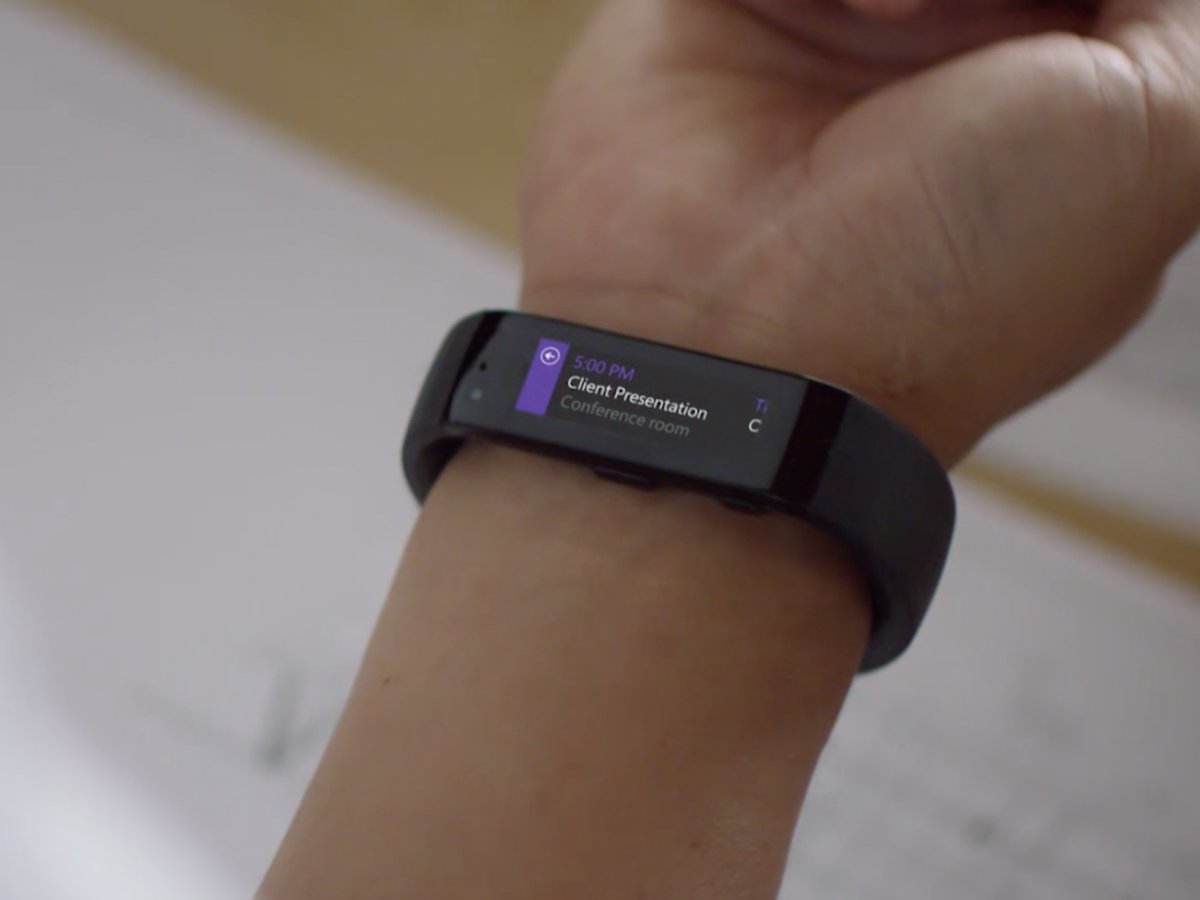- On May 22, Microsoft is turning off the online services for the Microsoft Band, its ill-fated fitness device released in 2014.
- If you’re an active Microsoft Band user, Microsoft is offering partial refunds: Owners of the original Band will get $80, and those using the Microsoft Band 2 will get $175.
- The Band won’t stop working entirely – it can still do anything that doesn’t require an internet connection, such as setting an alarm or counting your steps.
- The first Microsoft Band was released in 2014, and the Microsoft Band 2 launched in 2015. However, the devices failed to make a splash, and Microsoft stopped manufacturing the product in 2016.
Microsoft stopped making the Microsoft Band fitness tracker back in 2016, but it still worked for anybody who bought one – like a Fitbit or Apple Watch, the Microsoft Band used an app to help users track their health.
On May 22, though, that all changes because Microsoft will turn off the Microsoft Band’s online services, as well as the Microsoft Health Dashboard, and remove the apps for download across iPhone, Android, and Windows.
To make it up to users, Microsoft is offering a partial refund for anybody who bought the original Microsoft Band, released in 2014, or the Band 2 from 2015.
For owners of the original device, Microsoft will pay out $80, and Band 2 owners will get $175. The only stipulation is that you have to have synced a Band to the app between December 1st, 2018, and March 1st, 2019, meaning it’ll be limited to only active users. If your device is under warranty, however, you’ll get the refund no matter what.
There's a full FAQ page for Microsoft Band owners here, including details on how to export your health data to other services. The news was first reported by The Verge.
It appears that the Microsoft Band will still have some use, even without those backend services: You can use one to track your heartbeat, count steps, set an alarm, or do anything else that doesn't need an internet connection. However, Microsoft said, if you reset a Band, it will be impossible to set it up again.
The Microsoft Band was a little ahead of its time: While it was primarily a fitness-focused device, it came with some smartwatch-style features, including the Cortana voice assistant and the ability to pay for Starbucks with a displayed barcode. However, it got extremely lukewarm reviews, with users complaining that it was clunky and inaccurate.
The Microsoft Band 2 added more apps and brought a revamped design - but it was released after the Apple Watch, which stole much of its thunder. Plans for a third-generation device were scrapped, and the entire Microsoft Band line was discontinued in 2016.
Still, this misfire aside, the Microsoft Band was part of Microsoft's renewed assault on the hardware market, presaged by the surprising success of 2014's Surface Pro 3. The overall quality of the Surface line shows that Microsoft's hardware lineup still has a lot of promise - just, perhaps, not on the wrist.

